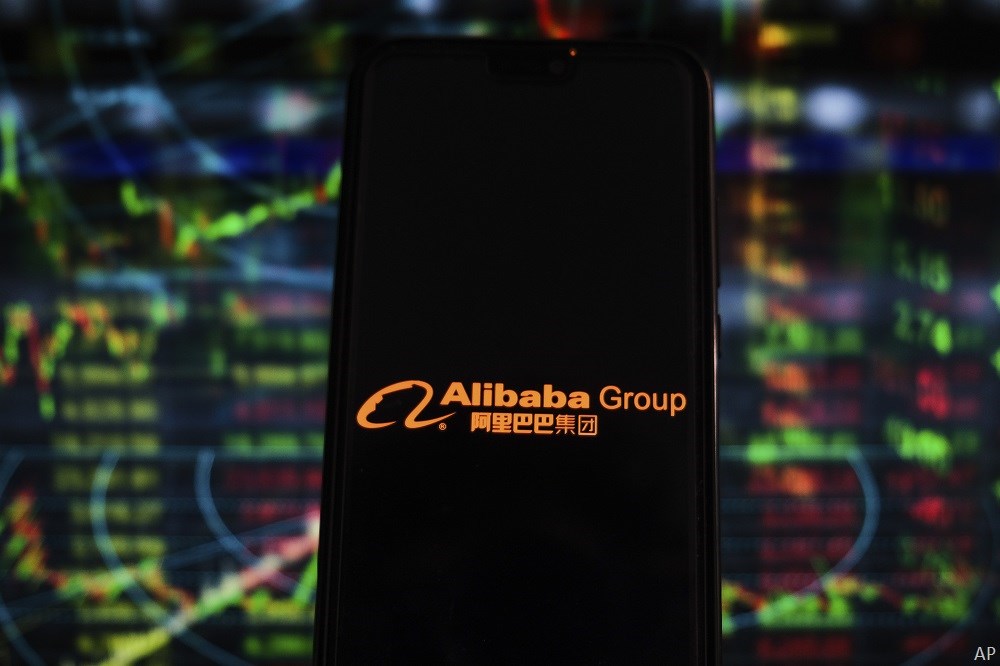
2022 is a volatile time for stock investors, as they grapple with multiple issues, from corporate earnings outlooks to the upcoming U.S. Federal Reserve actions (or perhaps no action). While high valuations that persisted in markets like the U.S. led to a market correction, the drawdown has also sent jitters to Asia. According to Morningstar Direct, as of the end of December 2021, the average U.S. equities were trading at about 5% above their fair value estimates.
Lorraine Tan, director of equity research, Asia, says heightened systematic risks in the global stock markets have made the investment environment more challenging compared to a year ago.
For stock investors in Asia, Tan says the looming bear fears in other developed markets would also cap optimism for names in the Asia region, becoming a major headwind for markets to touch bottom over the near term. However, chances are that Asian equities are likely to outperform the U.S. markets this year, given the less demanding valuations as a whole.
Less Demanding Share Prices
Across Morningstar’s coverage of Asian stocks, sectors are generally trading at a larger discount to their fair values than they were in 2021, with sector-based price-to-fair value ranged between 0.65 and 0.99.
In particular, stock price dislocation was marked in basic materials, as its average price-to-fair value estimates went cheaper to 0.65 from 0.84. Moreover, communication services, which consists of mainland Chinese internet and gaming platforms, is currently the second cheapest, trading 25% discount on average. The sector’s price-to-fair value ratio dipped another 15 percentage points from a year back.
Pick Stocks, Not Sectors
Across the board, many sectors have been sold down and valuations in our Asian coverage universe have now come down to attractive levels. But Tan does not see this as a rationale to go into the cheapest sectors. The primary reason is that valuation gaps between value and growth names have narrowed significantly after the rotation, which would make opportunities less visible from a top-down sector perspective.
She explains: “This year is a little bit more challenging than we saw in 2020, in terms of picking sectors that may outperform. We had very clear valuation gaps in 2020, but a lot of that rotation has been completed, so now we have a much more even-keeled valuation gap among the sectors.”
Even with sectors that will outperform the rest of the economy in terms of growth, like Chinese technology and healthcare, Tan suggests investors identify stronger names within a sector. She continues: “We're finding it more difficult to wholeheartedly say that one sector will outperform, but we do see selective value within stocks in particular sectors that we think are still very attractive.”
In technology, mobile game developer NetEase (09999) is one of her top picks. “We think the growth engines are mainly coming from a regional expansion, rather than purely from the Chinese domestic market, but it is a firm that will benefit from stronger-than-peers operating leverage and more attractive margins.
On the healthcare side, analysts continue to anticipate that negative sentiment regarding the risk of Chinese policy tightening would keep stock prices depressed. Some biotech names are in favor. “[The preferred Chinese biotech names] benefit from a rich portfolio of drug and development pipeline that we think will drive growth going forward. However, some of the preferred names climbed to a relatively expensive level in terms of valuation.”
Cushioning Downside Risks
At this juncture, other than selecting the right stocks, Tan says investors can position their portfolios with a slight defensive strategy, at least for the first half of the year, to prepare the imminent interest rate hike. She suggests adding buffer to equity portfolios in two ways.
First, investors can allocate part of their capital to names that pay a stable and growing dividend. Second, identifying moat-y stocks, which means those rated with a wide- or a narrow economic moat rating in the Morningstar methodology. These are companies that our analysts think carry competitive advantages that allow them to pass on the risk of higher costs. Tan concludes: “With the risk for inflation to overshoot, that creates pressures on earning margins profit margins. Thus it is important for companies to have the ability to offset most of those risks.”
©2022 Morningstar. All rights reserved. The information, data, analyses and opinions presented herein do not constitute investment advice; are provided as of the date written, solely for informational purposes; and subject to change at any time without notice. This content is not an offer to buy or sell any particular security and is not warranted to be correct, complete or accurate. Past performance is not a guarantee of future results. The Morningstar name and logo are registered marks of Morningstar, Inc. This article includes proprietary materials of Morningstar; reproduction, transcription or other use, by any means, in whole or in part, without prior, written consent of Morningstar is prohibited. This article is intended for general circulation, and does not take into account the specific investment objectives, financial situation or particular needs of any particular person. Investors should consult a financial adviser regarding the suitability of any investment product, taking into account their specific investment objectives, financial situation or particular needs, before making any investment decisions. Morningstar Investment Management Asia Limited is licensed and regulated by the Hong Kong Securities and Futures Commission to provide investment research and investment advisory services to professional investors only. Morningstar Investment Adviser Singapore Pte. Limited is licensed by the Monetary Authority of Singapore to provide financial advisory services in Singapore. Either Morningstar Investment Management Asia Limited or Morningstar Investment Adviser Singapore Pte. Limited will be the entity responsible for the creation and distribution of the research services described in this article.












.png)



.jpg)





